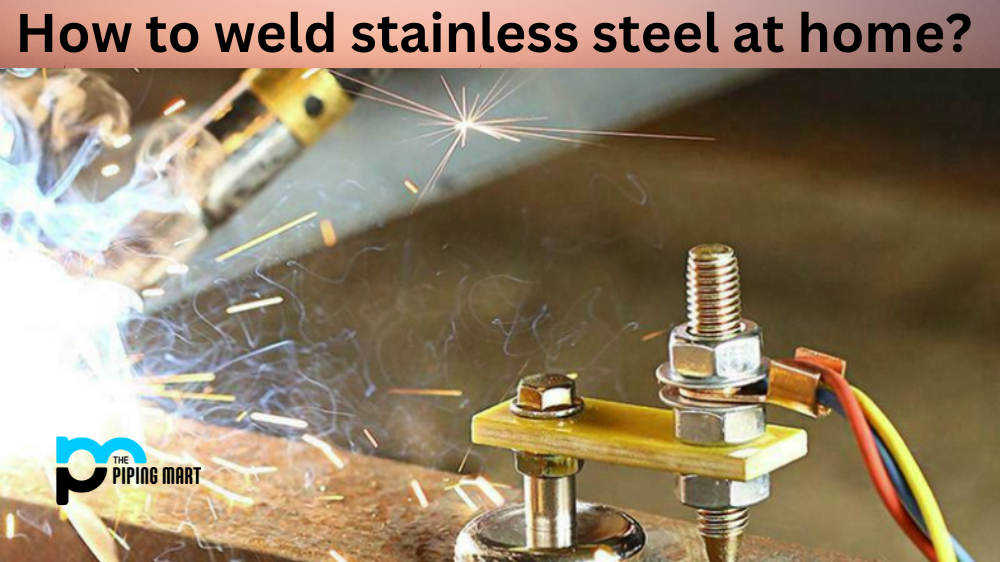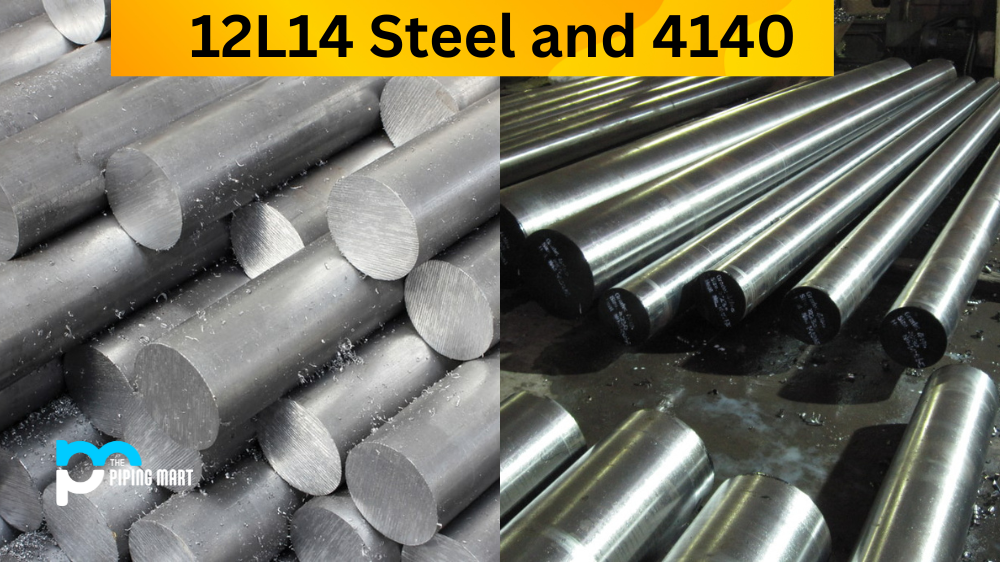Welding stainless steel can be a daunting task, but it doesn’t have to be. With the right materials and some practice, you can learn how to weld stainless steel at home in no time. Read on to find out the basics of welding stainless steel and what you need to get started.
Basics of Welding Stainless Steel
Welding stainless steel requires patience, care, and attention to detail. The most important thing is that you have a clean surface before you begin. Any dirt or debris will weaken the weld and make it more prone to cracking over time. Once your surface is clean, you’ll need the following materials for welding stainless steel:
- Stainless steel filler rod
- A welder with an argon/CO2 gas mixture (MIG) or an AC tungsten electrode (TIG) welder
- Safety equipment (helmet, gloves, jacket)
- Clean rags
When welding stainless steel, it’s important to use a slow speed and adjust the heat settings according to the thickness of the metal being welded. The slower speed helps prevent warping or distortion of the metal while allowing for proper penetration of the weld pool into the joint edges. Additionally, when using TIG welding, be sure to keep your arc short and use long tungsten rods in order to avoid contamination of your weld area by foreign particles such as aluminum or zinc.
Once your settings are adjusted correctly, you can begin welding using either MIG or TIG depending on which type of welder you have available. When using MIG welding for stainless steel projects, be sure not to push too hard on the trigger, as this can cause porosity and other imperfections in your welds. It’s also important not to go too fast when welding, as this can lead to insufficient penetration, which will weaken your joints over time. Finally, when using TIG welding for stainless steel projects, it’s important not only to use a long tungsten rod but also to keep your arc length short so that there is less risk of contamination from any foreign particles in your workspace.
Conclusion:
All in all, learning how to weld stainless steel at home isn’t as hard as it seems! As long as you have all the necessary materials and take care during the setup and execution of each welding job, then anyone can learn how to efficiently weld stainless steel with minimal effort! Plus, with practice comes perfection – so don’t be afraid if your first few attempts aren’t perfect – just keep practicing until you get it right! Good luck!

Abhishek is a seasoned blogger and industry expert, sharing his insights and knowledge on various topics. With his research, Abhishek offers valuable insights and tips for professionals and enthusiasts. Follow him for expert advice on the latest trends and developments in the metal industry.




